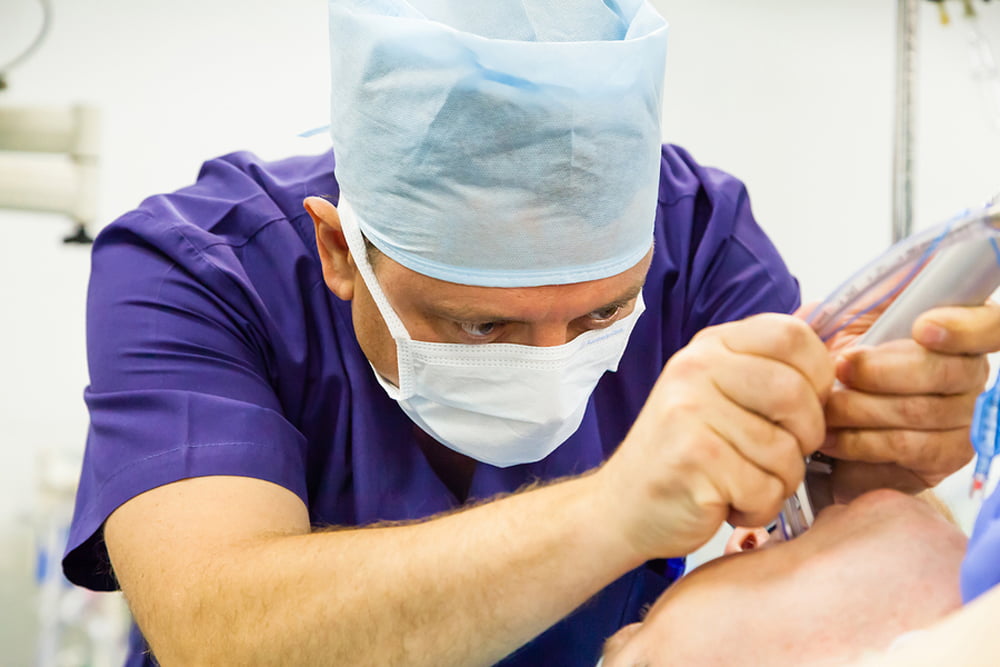It’s a classic scene. Patrick Dempsey’s character Dr. Derek Shepherd is performing an emergency intubation on a patient who can’t breathe. The procedure, which involves inserting a tube into a person’s respiratory system, is both unpleasant and risky.
If this scene were being filmed today, Dr. Shepherd would probably be using a system developed by Israeli students to make intubation much simpler and safer.
Related articles
- A Heart Of Gold: Researchers Use Gold Particles To Heal Heart Tissue
- Israeli Bionic Contact Lens Will Help Blind People ‘See’
Intubation currently requires the physician to see the trachea and choose between two very similar openings, one leading to the lungs, the other to the stomach. Failure to identify the correct opening can lead to serious clinical complications, and sometimes even death. Often this procedure has to be carried out in critical situations, such as in the field, during military operations, or on patients who have blood obstructing the way.
In search of a solution, graduates of the Hebrew University of Jerusalem’s Biodesign program developed a prototype called GuideIN Tube. GuideIN Tube is a robotic intubation device that automatically identifies the lungs using an infrared source and helps navigate toward it.
Real-time, self-guided device
The self-guiding device not only senses its environment, but also has the ability to navigate towards the trachea in the absence of a clear visual path. An external infrared source is placed against the patient’s trachea and the transferred signals are registered using detectors located on the guiding element, automatically directing it towards the lungs with minimal intervention.
Sign up for our free weekly newsletter
Subscribe“I strongly believe that GuideIn Tube represents the future of intubation,” said Doctor Elchanan Fried, director of the general intensive care at the Hadassah Medical Center and the group’s clinical expert. “We really thought about the paramedic in the field,” said Itai Hayut, the leading engineering student on the project. “We wanted something simple and compact that they could trust without fail. I think we hit it on all marks.”
A multi-disciplinary approach
GuideIN Tube targets a $3 billion market, which is expected to grow by five percent annually. The device was successfully tested at the Hadassah Medical Center, and clinical trials will begin as soon as next year.
Biodesign is a multi-disciplinary, team-based approach to medical innovation, created by the Hebrew University of Jerusalem in partnership with Stanford University. The program accepts outstanding medical fellows, bioengineering and business graduate students, and tutors them in the science and practice of bringing a medical innovation to the market. Other students in the group include Tommy Weiss-Sadan, a biology graduate student, as well as Sarah Horwitz and Ariel Shrem who are completing their MBA degrees.
The program is directed by Dr. Yaakov Nahmias, head of the Bioengineering program at the Hebrew University and Prof. Chain Lotan, director of the Heart Institute at Hadassah Medical Center. Other teachers include Professor Dan Galai, Doctor Niron Hashai and Doctor David Planer.
Photo: Anesthesiologist performing tracheal intubation by Bigstock
Related posts

Israeli Medical Technologies That Could Change The World

Harnessing Our Own Bodies For Side Effect-Free Weight Loss

Missing Protein Could Unlock Treatment For Aggressive Lung Cancer




Facebook comments